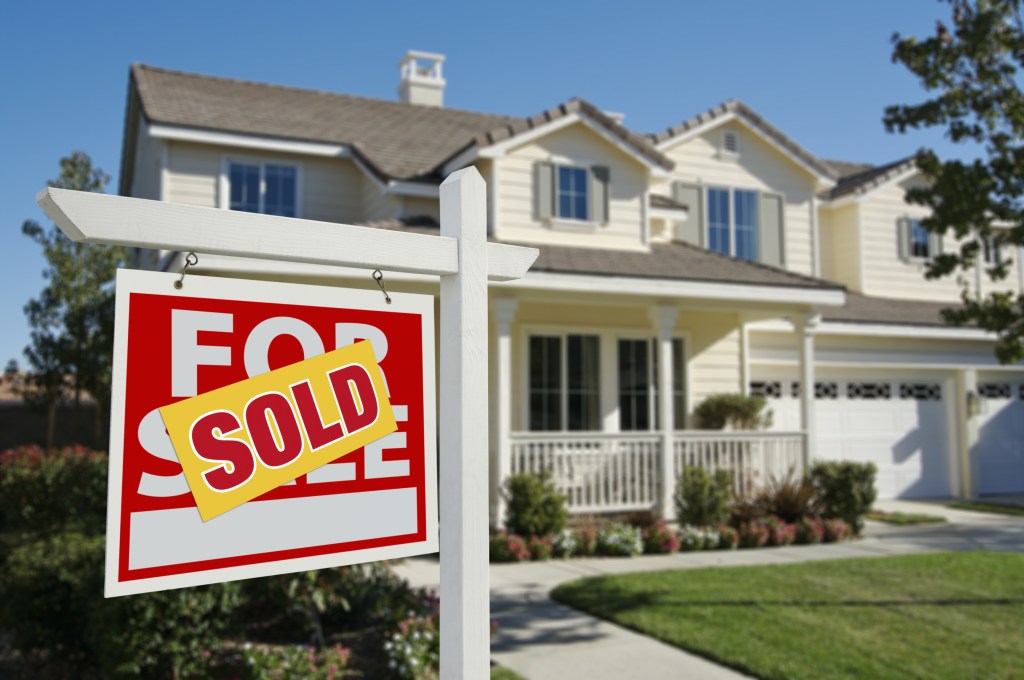Home prices continued to increase in the fourth quarter of 2021 but at a slower pace and with fewer markets experiencing double-digit gains, according to the latest quarterly report from the National Association of Realtors (NAR). The median single-family existing-home price increased 14.6% year over year to $361,700 compared with the 15.9% year-over-year pace in the third quarter.
“Home buyers in the last quarter saw little relief as home prices continued to climb, albeit not as fast as earlier in the year,” said NAR chief economist Lawrence Yun. “The increasing prices are indicative of a seller’s market, with an abundance of eager buyers and very limited supply.”
Out of 183 measured markets, 67% saw double-digit price appreciation compared with 78% in the third quarter. Unlike the third quarter when all regions achieved double-digit price gains, the South, with an increase of 17.9%, was the only region to hit this mark in the fourth quarter. The Midwest experienced 8.6% gains, with the West at 7.7% and the Northeast at 6.8%.
According to the NAR, metros in the Sun Belt and Mountain states saw the highest yearly price gains, with Punta Gorda and Ocala, Florida, at the top of the list with 28.7% and 28.2% increases, respectively. Austin-Round Rock, Texas, 25.8%; Phoenix-Mesa-Scottsdale, Arizona, 25.7%; Sherman-Denison, Texas, 25.1%; Tucson, Arizona, 24.9%; Las Vegas-Henderson-Paradise, Nevada, 24.7%; Ogden-Clearfield, Utah, 24.7%; Salt Lake City, Utah, 24.4%; and Boise City-Nampa, Idaho, 24.3%, round out the top 10.
California led the way for five of the top 10 most expensive markets witnessing price surges in the fourth quarter. Those markets included: San Jose-Sunnyvale-Santa Clara, California, $1,675,000, 19.6%; San Francisco-Oakland-Hayward, California, $1,310,000, 14.9%; Anaheim-Santa Ana-Irvine, California, $1,150,000, 23%; Urban Honolulu, Hawaii, $1,054,500, 16.8%; San Diego-Carlsbad, California, $845,000, 14.2%; Los Angeles-Long Beach-Glendale, California, $797,900, 15.9%; Boulder, Colorado, $775,100, 17.2%; Seattle-Tacoma-Bellevue, Washington, $700,000, 13.9%; Naples-Immokalee-Marco Island, Florida, $685,000, 21.2%; and Nassau County-Suffolk County, New York, $644,600, 9%.
“The strength of price gains are associated with the strength of the local job market, but the escalating prices took a toll on home shoppers, compelling many to come up with extra cash, and forcing others to delay making a purchase altogether,” said Yun. “A number of families, especially would-be first-time buyers, are increasingly being forced out of the market, and this is why supply is critical to expanding homeownership opportunity.”
The NAR cited that affordability worsened in the fourth quarter compared with a year ago. In addition, the certainty of increasing mortgage rates has made the market even more challenging.
The average monthly mortgage payment on an existing single-family home—valued at $361,700 and financed with a 20% down payment, 30-year loan at a mortgage rate of 3.13%—rose to $1,240 in the fourth quarter, an increase of $201 from a year ago. Families typically spent 16.9% of their income on mortgage payments compared with 14.7% one year ago.
During this same period, the NAR said a home purchase was unaffordable for a typical first-time buyer. A mortgage payment on a 10% down payment loan on a typical starter home valued at $307,400 rose $198 from one year ago to $1,224. First-time buyers typically spent 25.6% of their household income on mortgage payments, making a purchase unaffordable.
“The good news is that home prices should begin to normalize later in 2022 as more homes come on the market,” Yun added.
According to the NAR, in 20 markets where the median home sales price ranged from $537,400 to $1.675 million, a family needed more than $100,000 to afford a 10% down payment mortgage compared with 17 markets in the third quarter. However, in 81 other markets, where the median sales price was $267,700 or less, a family needed less than $50,000 to afford a home.



